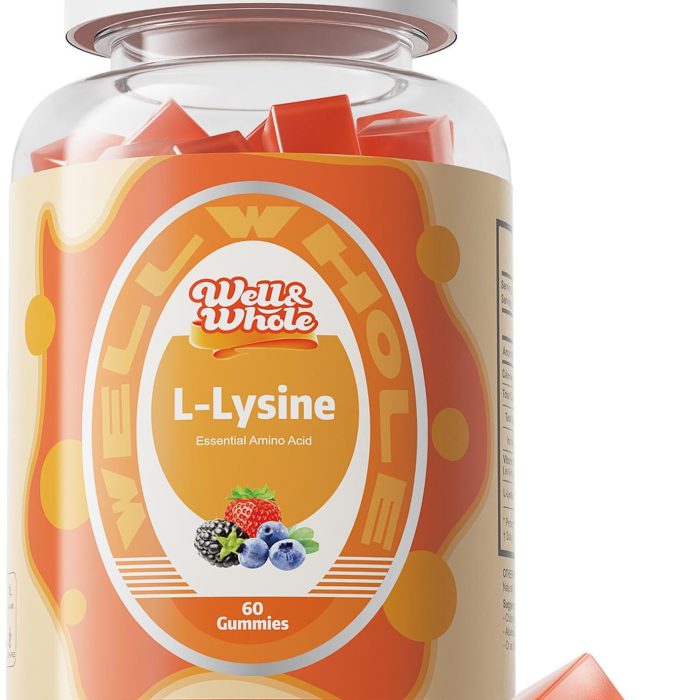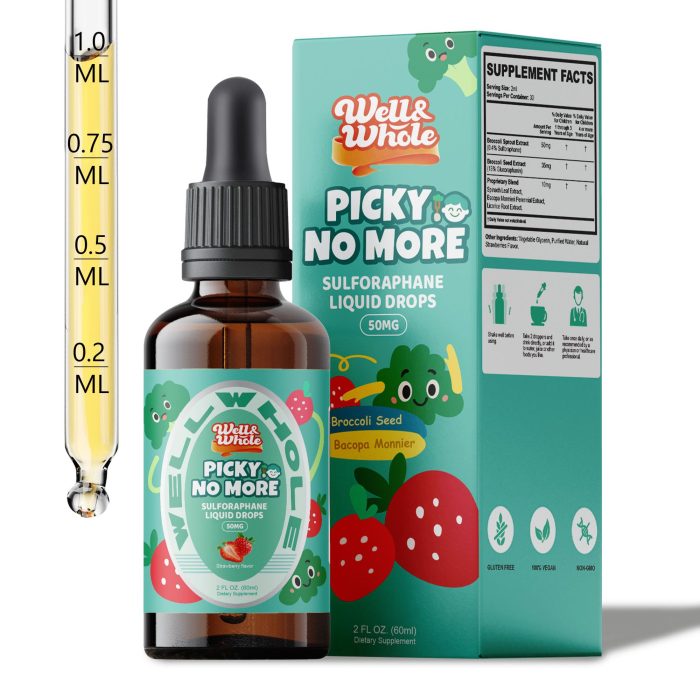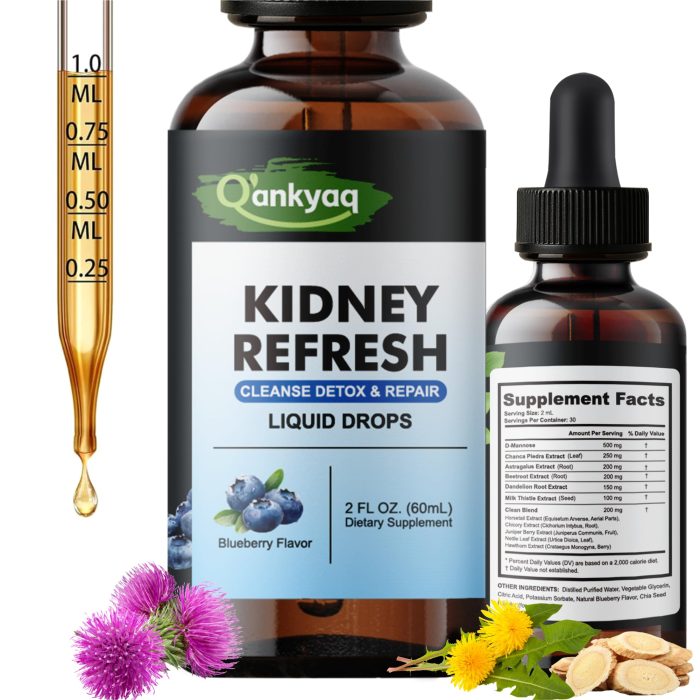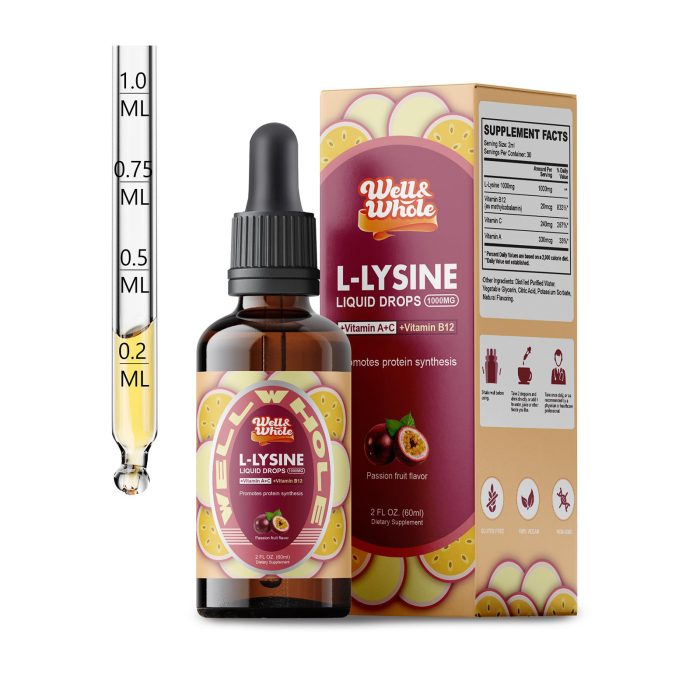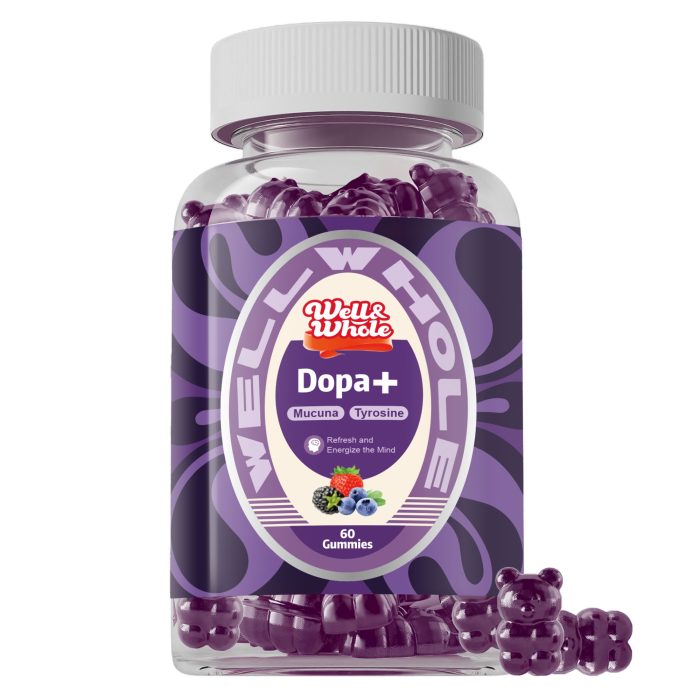Understanding Essential Amino Acids: Do We Need Them All at Once?
When it comes to optimizing health and performance, essential amino acids (EAAs) often take center stage in the conversation. These indispensable building blocks of protein cannot be synthesized by the human body and must be obtained from external sources—primarily through diet or supplementation. But do we really need all essential amino acids at once, or can they be consumed at different times throughout the day? This is a common question, and the answer carries significant implications for nutrition strategies, particularly for those invested in health and wellness, such as athletes, vegetarians, or anyone seeking to maximize well-being.
Below, we explore this topic to separate fact from fiction, ultimately giving you actionable guidance for building smarter dietary or supplementation habits.
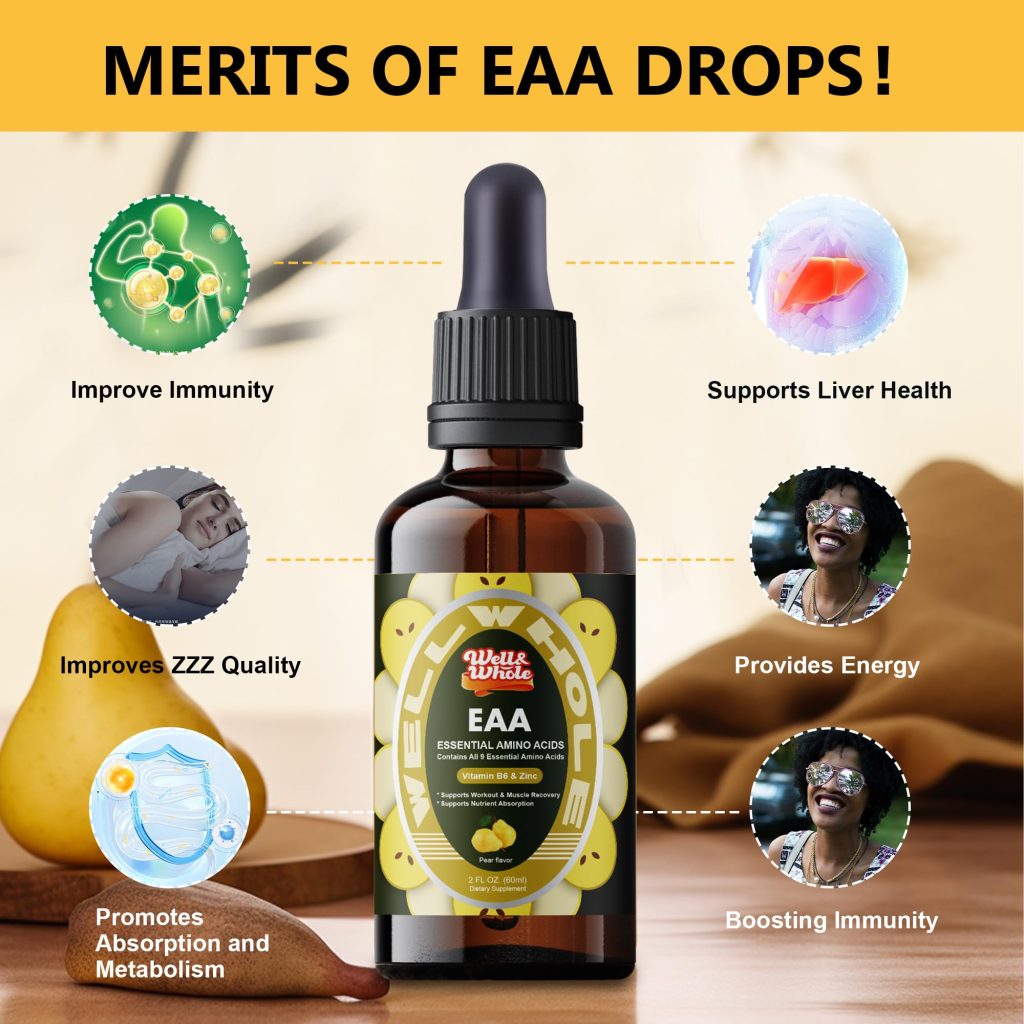
What Are Essential Amino Acids?
Essential amino acids include nine key nutrients, namely histidine, isoleucine, leucine, lysine, methionine, phenylalanine, threonine, tryptophan, and valine. These amino acids play vital roles in bodily processes such as muscle protein synthesis, metabolism, hormone production, and the repair of tissues. Missing just one of these critical components would impair important biological functions, causing repercussions ranging from reduced physical performance to compromised immune response.
Do We Need All Essential Amino Acids at Once?
The short answer is: not necessarily, but having all amino acids readily available is optimal. Protein synthesis, one of the most important processes driven by amino acids, depends on the availability of a complete profile of EAAs. If one or more amino acids are absent, this process slows down or stops entirely, potentially causing inefficiencies in recovery or growth.
Research studies have demonstrated that consuming a full spectrum of amino acids improves protein absorption rates and lean muscle development. For example, a study published in the Journal of Nutrition found that balanced EAA intake in a single meal resulted in superior protein synthesis compared to an isolated consumption of individual amino acids over time.
Still, your body is resilient, and if amino acid levels are uneven during meals, it will compensate to some extent using stored amino acids from prior meals or digested proteins. However, prolonged imbalances may lead to deficiencies, especially for individuals with specific health needs or goals, like vegetarians, the elderly, or those focused on athletic performance.
The Role of Complete Proteins and Supplementation
Foods classified as “complete proteins,” such as eggs, fish, meat, dairy, and quinoa, naturally contain all nine essential amino acids. For individuals who follow plant-based diets, combining complementary proteins—like rice and beans—can also achieve a full amino acid profile.
However, modern lifestyles, dietary restrictions, or fitness goals may require additional support. This is where EAA supplements, such as those offered by trusted brands like Well&Whole, come into play. EAA supplements allow you to reliably introduce the full spectrum of amino acids into your daily routine without overhauling your diet.
What Happens If We Don’t Get Enough Essential Amino Acids?
The consequences of insufficient EAA intake can be far-reaching. Symptoms may include fatigue, trouble concentrating, slowed recovery post-exercise, and even weakened immune response. Prolonged deficiency could also lead to muscle loss, metabolic issues, and decreased production of neurotransmitters like serotonin, which affect mood regulation.
To avoid these risks, consider incorporating a reliable supplementation program, particularly if your diet is inconsistent or incomplete. Well&Whole’s premium EAA products are designed to ensure you enjoy consistent benefits, whether you’re chasing athletic performance, weight management, or overall wellness.
Actionable Insights: How to Optimize EAA Intake
- Consume Diverse Protein Sources: Aim to incorporate both animal and plant-based proteins in your diet. Foods like lean chicken breast, tofu, lentils, and dairy products provide excellent options.
- Time Your Protein Consumption Strategically: Research shows evenly spaced protein intake throughout the day stimulates better muscle synthesis compared to consuming large quantities of protein in one sitting.
- Choose Quality EAA Supplements: To ensure complete amino acid coverage while simplifying your routine, consider Well&Whole’s range of nutrition products. These supplements are specifically formulated to deliver peak results with no digestive stress.
- Track Your Progress: Many smartphone apps and wearable devices now offer functionality to monitor nutrient intake, including amino acids. This can help identify gaps in your dietary patterns.
Making Your Health Goals Achievable
Ultimately, prioritizing a balanced intake of all essential amino acids—whether in a single meal or throughout the day—is a cornerstone of optimal nutrition. While it’s possible to spread amino acid consumption across various meals, complete coverage ensures your body’s needs are met without compromise.
Smart dietary habits, combined with strategic and science-backed supplementation from brands like Well&Whole, can empower you to live a healthier, more energetic life. Don’t let nutrient deficiencies hold you back—proactively fuel your body to unlock its full potential.
Are you ready to thrive? Make today the day you fuel your success, one amino acid at a time.


